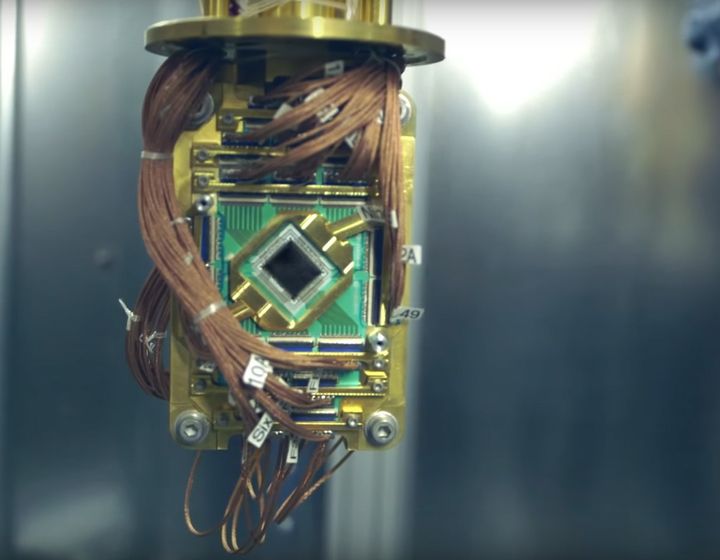
Quantum Computer at Google
Economic growth and meaningful job creation in the US are a matter of increasing the skilled labor proportion of the workforce, raising entrepreneurial capacity to meet excess capital reserves, and not neglecting basic science and engineering research.
Lots of politicians talk about job creation and economic growth, but miss crucial factors.
In the mid-1900's the US was a manufacturing powerhouse. GDP growth was strong, and wages rose along with earnings. As time went on, and globalization stepped into higher gears, the US transitioned into a service economy. In a service economy, productivity gains are traditionally much harder to come by (advances in artificial intelligence are changing this today), and so real GDP growth stalled. It is still floundering, but something interesting began in the last twenty years.
Google went from fledgling Stanford startup to multi-billion dollar advertising colossus. Amazon made Jeff Bezos the richest man in the world. Startups are reaching billion dollar valuations faster than ever. In the last two decades we put a computer on every desk and in everyone's pocket. Today, we are electrifying transportation and dreaming of space travel again. Welcome to the Innovation Economy.
We have yet to learn how to live in an innovation economy, much less how to invest in one, or regulate one. Having played a crucial role in scientific innovation, being educated in economics, and having built a business from the ground up, I’d like to put forth the following three suggestions for consideration.
1. Workforce Fitness
We must increase the portion of the US labor force that is skilled. This is currently less than 50%, and it needs to be more 50%. I’m calling this improving workforce fitness. At the current workforce fitness levels and with the debt levels we have, it's no wonder that people are struggling to pay for healthcare. In order to afford an upper middle class lifestyle, we must move up the value chain as a workforce. Importantly, companies continue to have vacancies they can't fill, and they're not vacancies in unskilled labor. They are data science and programming jobs, engineering staff, and research positions. Companies are in need of marketing expertise, and better leadership among managers. We must boost the workforce fitness level across the country to meet the needs of today's innovative industry.
2. Entrepreneurial Capacity
Just as there are jobs waiting for people who can develop the skills, there are stockpiles of capital waiting to be invested with entrepreneurs who have the capabilities and business ideas. Every time I hear, "My startup was growing so fast, I had to drop out of school" I think to myself, that should be the graduation criteria of an entrepreneurship program! If you completed an entrepreneurship program, and that didn't happen to you, you have not graduated yet! You have failed.
If the entrepreneurial engine is strong, and we can keep the proportion of our workforce that are in high-skilled jobs well above 50%, we will have profits enough to reinvest on the entrepreneurial side, we will have enough tax revenue to handle social services, and maybe, just maybe, we can start paying down the debt, and building up reserves.
3. Science & Engineering
The reason entrepreneurs in an innovation economy can build new startups is because there are engineers and scientists paving the way for them. Scientific discovery creates new knowledge, and engineers take that new knowledge and build new technology. That's where smartphones and solar panels came from. It's not just the idea, it's the hard won insights of researchers that power the innovation economy. The third and most important piece is not to neglect basic science and engineering research.
If we can do these three things—Keep the portion of our workforce that is skilled labor well above 50%, improve entrepreneurial capacity to mobilize capital currently on the sidelines, and not neglect basic science and engineering research—we will be amazed at just how fast an economy can grow, how meaningful a work life Americans can have, and what new advancements we can make in our world.
